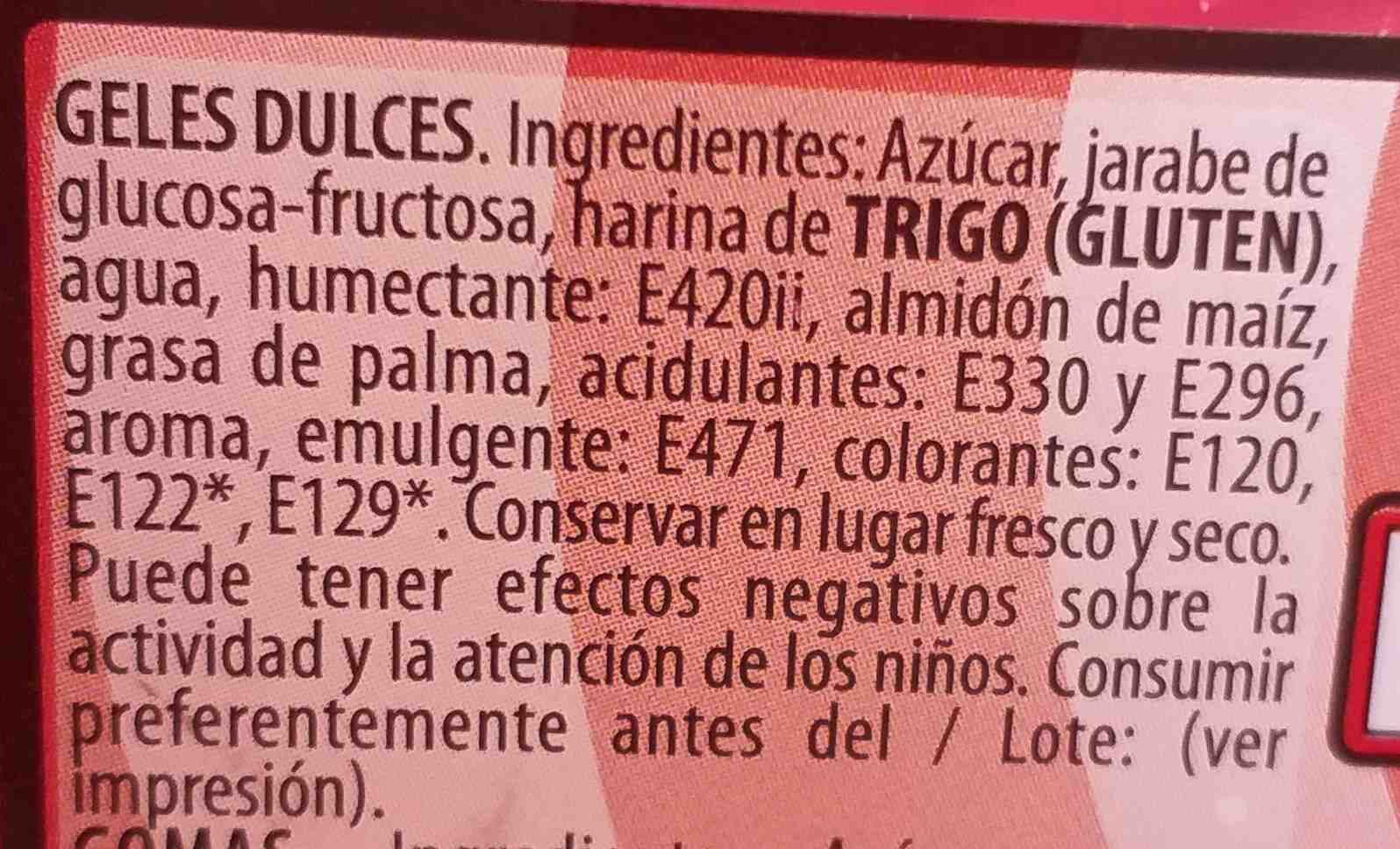8435063800342
Aquesta pàgina del producte no està completa. Podeu ajudar a completar-la editant-la i afegint-hi més dades a partir de les fotos ja disponibles, o fent-ne més amb l'aplicació de androide o iPhone / iPad. Gràcies!
×
Codi de barres: 8435063800342 (EAN / EAN-13)
Països on es va vendre: Espanya
Matching with your preferences
Entorn
Empaquetament
Transport
Espècies amenaçades
Report a problem
Fonts de dades
Producte afegit per veganeamos
Última modificació de la pàgina del producte per thaialagata.
La pàgina del producte, també editada per acuario, charlesnepote, musarana, openfoodfacts-contributors.
Si les dades són incorrectes o incompletes, pot completar o corregir editant aquesta pàgina.






